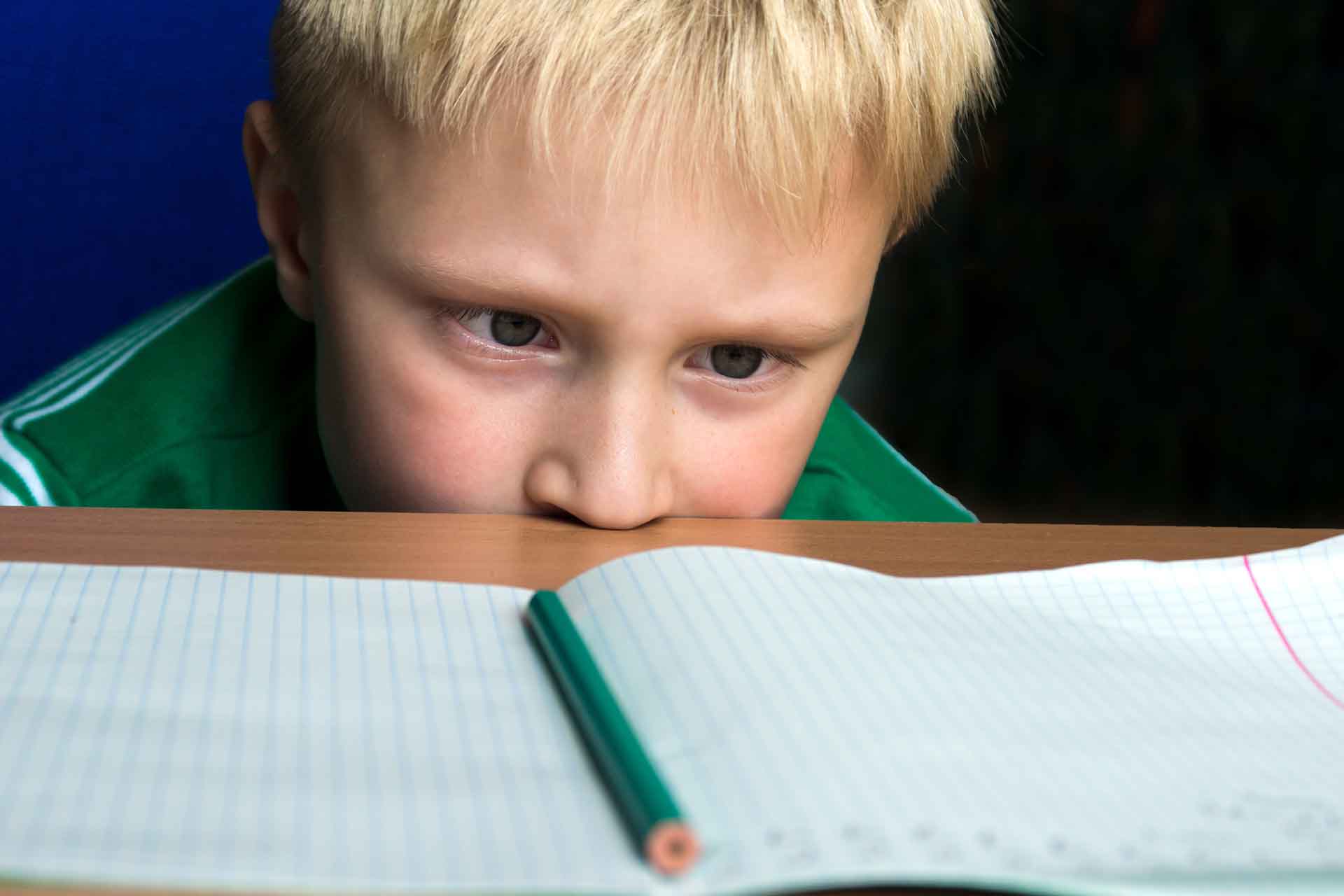Sensory Enrichment Therapy is very effective in helping regulate the brain’s chemistry. Sensory Enrichment Therapy aims at re-wiring other key brain functions affected in ADHD, including memory, attention span, sensory processing, mental image, motivation, mood, fine and gross motor skills. In fact the top area where parents report the most progress in the first few weeks of the program is attention span.
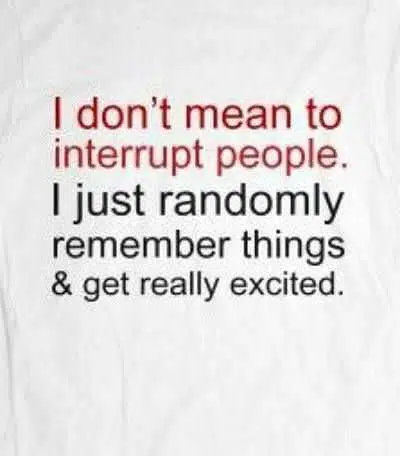
What is ADHD?
ADHD (Attention Deficit Hyperactivity Disorder) is one of the most common neurodevelopmental disorders that affects more than 1 in 10 children (1 in 20 adults). The CDC in the US has interesting statistics about ADHD, including the fact that twice as many boys as girls are diagnosed. Children with ADHD may have trouble paying attention, thinking before acting, and/or be overly active.
Signs and Symptoms
It is normal for children to have trouble focusing and behaving at one time or another. As with most disorders, it’s when these different ways of perceiving and behaving in the world affect them and the people in their lives to the point where they start to use words like “suffer”, “pain”, “struggle” that it can be useful to look for ways to mitigate these challenges and help them feel calmer, more comfortable and more confident.
A person with ADHD might:
- forget or lose things a lot
- squirm or fidget almost constantly
- not be able to finish what they start
- struggle to listen to instructions
- talk too much
- interrupt a lot
- appear to act without thinking
- take unnecessary risks
- have trouble taking turns
- have difficulty getting along with others
ADHD Superpowers
When channeled well, ADHD tendencies can turn into superpowers.
Creativity
People with ADHD often have multiple thoughts coming in all the time. As the brain naturally tries to make sense of them and create patterns, random pairings lead to brand new ways of seeing the world.
“My ADHD superpower is what I like to call brain art. I can easily think of several ideas and connect them in creative ways regardless of how unrelated they may be.”
— Ade
Problem-Solving
ADHD’ers’ creativity enhances problem-solving when thinking inside the box doesn’t work.
Compassion
Being “different” can make people with ADHD very compassionate. On the other hand, when combined with low self-esteem, poor impulse control can be a social killer.
“My son Tyler has a heart the size of the state of Texas (No, wait — Alaska!…no, wait — the entire planet!…no, wait—well, you get the idea). His compassion for others knows no bounds!”
— Mark T.
Humor
Multiple thoughts colliding in your brain all the time can lead to hilarious pairings with teh right timing.
Perseverance
When it’s the right subject, people with ADHD can hyper-focus in ways and for lengths of time no neurotypical person can sustain.
“I can sit down to work on a project and go, go, go! It would take others double the time to do what I do when my superpower kicks in. It has served me well, especially in emergency situations when acting quickly is critical.”
—Buck C.
Different types of ADHD
There are three different ways ADHD presents itself, depending on which types of symptoms are strongest in the individual:
Predominantly Inattentive Presentation: (Used to be known as ADD)
It is hard for the individual to organize or finish a task, to pay attention to details, or to follow instructions or conversations. The person is easily distracted or forgets details of daily routines.
Predominantly Hyperactive-Impulsive Presentation: (The H in ADHD)
The person fidgets and talks a lot. It is hard to sit still for long (e.g., for a meal or while doing homework). Smaller children may run, jump or climb constantly.
Someone who is impulsive may interrupt others a lot, grab things from people, or speak at inappropriate times. It is hard for the person to wait their turn or listen to directions. A person with impulsiveness may have more accidents and injuries than others.
Combined Presentation:
Symptoms of the above two types are equally present in the person.
May change over time
Because symptoms can change over time, the presentation may change over time as well.
Other conditions that resemble ADHD
A number of medical conditions or their treatments may cause signs and symptoms similar to those of ADHD. Examples include:
- Learning or language problems
- Mood disorders such as depression or anxiety
- Seizure disorders
- Vision or hearing problems
- Autism spectrum disorder
- Medical problems or medications that affect thinking or behavior
- Sleep disorders
- Brain injury
Causes of ADHD and Current Treatments
Stimulant medications
As a disorder where the brain struggles to regulate its dopamine function, it makes sense to address it medically with stimulant drugs (psychostimulants) that affect how the person’s own dopamine is released or absorbed, etc. Dopamine is a chemical in the brain (neurotransmitter) that is invovled in good mood, motivation, memory, movement and attention.
Stimulant drugs are available in short-acting and long-acting forms. The right dose varies from child to child, so it may take some time to find the correct dose. And the dose may need to be adjusted if significant side effects occur or as your child matures. Ask your doctor about the side effects of stimulants.
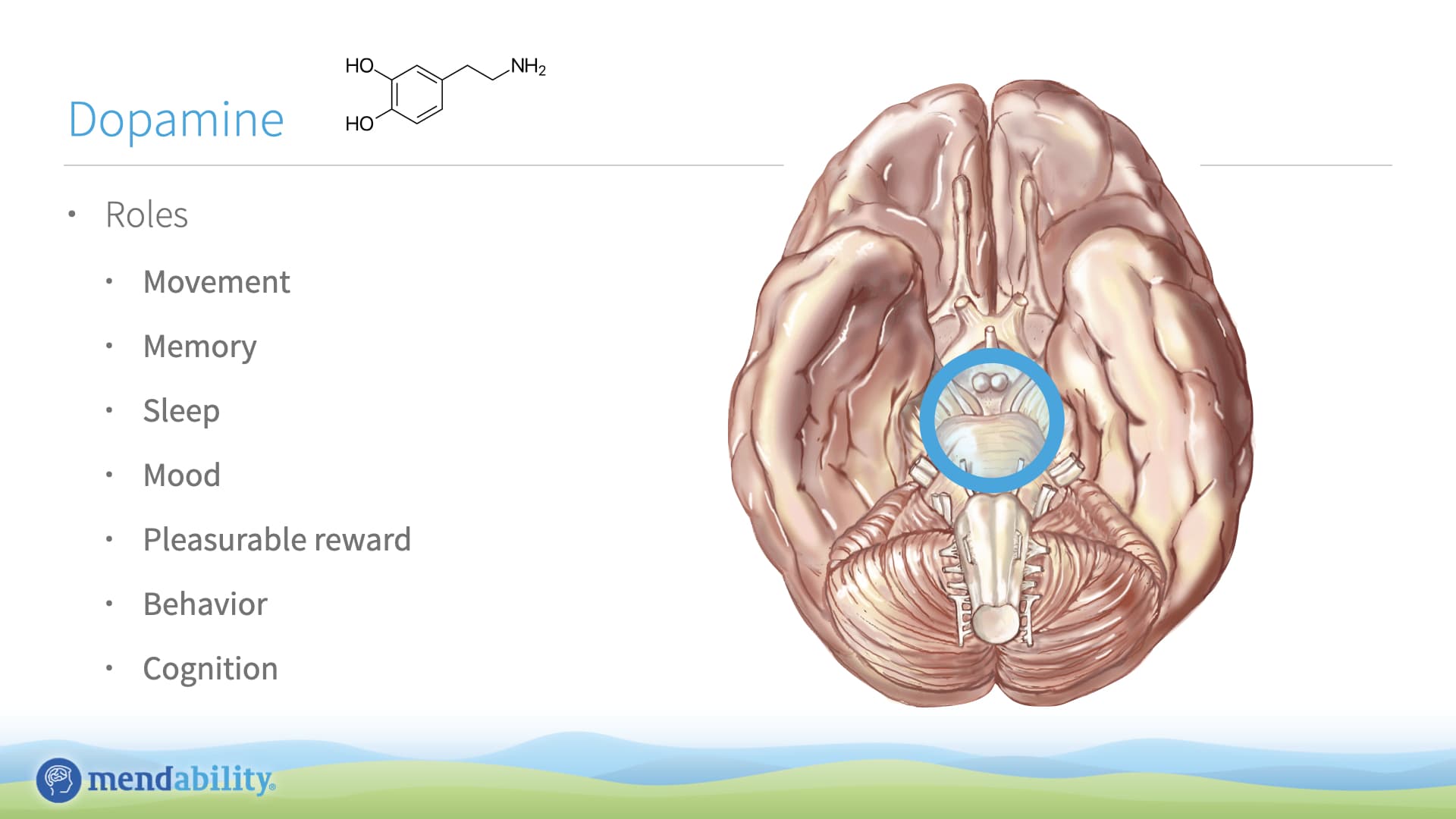
Other medications
Other chemicals in the brain can be affected with ADHD. Different types of medications will affect different neurotransmitters differently. Some will work on the brain’s norepinepehrine, some on the brain’s Serotonin levels. etc. These may be good options if your child can’t take stimulants because of health problems or if stimulants cause severe side effects.
Giving medications safely
It’s very important to make sure medication is taken as prescribed by the physician. See the doctor regularly to determine if the medication needs to be adjusted, especially if you are following a program like Sensory Enrichment Therapy designed to support changes in the brain.
ADHD behavior therapy
Children with ADHD are sometimes taken to behavior therapy, social skills training, parent skills training and counselling, which may be provided by a psychiatrist, psychologist, social worker or other mental health professional.
One Size Fits Not All
Whatever your child is diagnosed with, the best approach is a team approach, Listen to teachers, therapists and physicians and put together what makes sense to you.
Sensory Enrichment Therapy for ADHD
What is Sensory Enrichment Therapy?
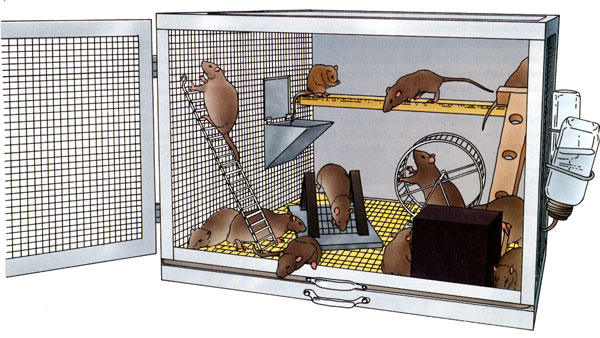
Environmental Enrichment Research
Sensory Enrichment Therapy is a subset of Environmental Enrichment, which is the field of neuroscience that looks at the plasticity of the brain and the types of experiences (cognitive, sensory, social, motor, etc.) that can have an impact on brain development and brain function.
With Sensory Enrichment Therapy we focus on sensory and motor experiences because they are the ones that have the most clinical evidence showing a positive impact.
Mendability developed Sensory Enrichment Therapy as program based on daily, short, hands-on games designed to trigger a boost in activity and growth in targeted brain functions. The program is updated every two weeks based on the participant’s response, progress, and goals.
ADHD and Environmental Enrichment
Animal research suggests that Environmental Enrichment and enhanced Multisensory Stimulation can impact core symptoms of ADHD.
- Utsunomiya R, Mikami K, Doi T, Choudhury ME, Jogamoto T, Tokunaga N, Ishii E, Eguchi M, Yano H, Tanaka J. Rearing in an Enriched Environment Ameliorates the ADHD-like Behaviors of Lister Hooded Rats While Suppressing Neuronal Activities in the Medial Prefrontal Cortex. Cells. 2022 Nov 17;11(22):3649. doi: 10.3390/cells11223649. PMID: 36429076; PMCID: PMC9688563.
- Coopersmith R, Weihmuller FB, Kirstein CL, Marshall JF, Leon M. Extracellular dopamine increases in the neonatal olfactory bulb during odor preference training. Brain Res. 1991 Nov 8;564(1):149-53. doi: 10.1016/0006-8993(91)91365-8. PMID: 1777817.
- Corredor K, Duran JM, Herrera-Isaza L, Forero S, Quintanilla JP, Gomez A, Martínez GS, Cardenas FP. Behavioral effects of environmental enrichment on male and female wistar rats with early life stress experiences. Front Physiol. 2022 Sep 26;13:837661. doi: 10.3389/fphys.2022.837661. PMID: 36225294; PMCID: PMC9548697.
- Batistuzzo A, de Almeida GG, Brás TS, Zucato VP, Arnold AJT, Giannocco G, Sato JM, Yamanouchi LM, Dias E, Lorena FB, do Nascimento BPP, Bianco AC, Ribeiro MO. Multisensory Stimulation Improves Cognition and Behavior in Adult Male Rats Born to LT4-treated Thyroidectomized Dams. Endocrinology. 2022 Sep 1;163(9):bqac105. doi: 10.1210/endocr/bqac105. PMID: 35914267; PMCID: PMC9354969.
- Groß C, Serrallach BL, Möhler E, Pousson JE, Schneider P, Christiner M, Bernhofs V. Musical Performance in Adolescents with ADHD, ADD and Dyslexia- Behavioral and Neurophysiological Aspects. Brain Sci. 2022 Jan 18;12(2):127. doi: 10.3390/brainsci12020127. PMID: 35203891; PMCID: PMC8870592.
- Hobbiesiefken U, Mieske P, Lewejohann L, Diederich K. Evaluation of different types of enrichment – their usage and effect on home cage behavior in female mice. PLoS One. 2021 Dec 23;16(12):e0261876. doi: 10.1371/journal.pone.0261876. PMID: 34941949; PMCID: PMC8699725.
- Chan YS, Jang JT, Ho CS. Effects of physical exercise on children with attention deficit hyperactivity disorder. Biomed J. 2022 Apr;45(2):265-270. doi: 10.1016/j.bj.2021.11.011. Epub 2021 Nov 29. PMID: 34856393; PMCID: PMC9250090.
- Ball NJ, Mercado E 3rd, Orduña I. Enriched Environments as a Potential Treatment for Developmental Disorders: A Critical Assessment. Front Psychol. 2019 Mar 6;10:466. doi: 10.3389/fpsyg.2019.00466. PMID: 30894830; PMCID: PMC6414413.
- Normann MC, McNeal N, Dagner A, Ihm E, Woodbury M, Grippo AJ. The Influence of Environmental Enrichment on Cardiovascular and Behavioral Responses to Social Stress. Psychosom Med. 2018 Apr;80(3):271-277. doi: 10.1097/PSY.0000000000000558. PMID: 29360667; PMCID: PMC8283515.
Human translation
What we have done is to translate animal model protocols into short, fun, hands-on games you can do at home, at school or in your treatment facility.
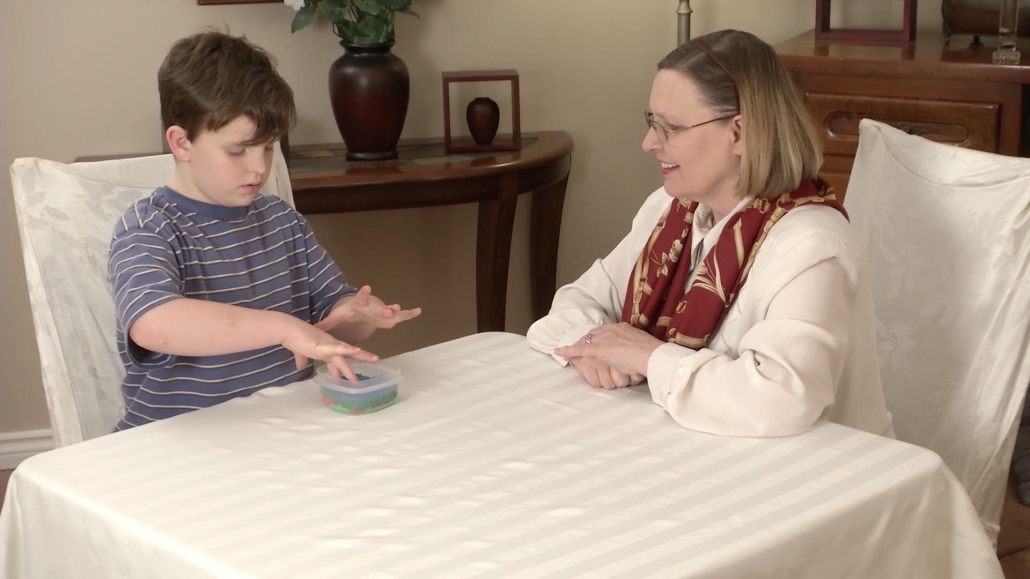
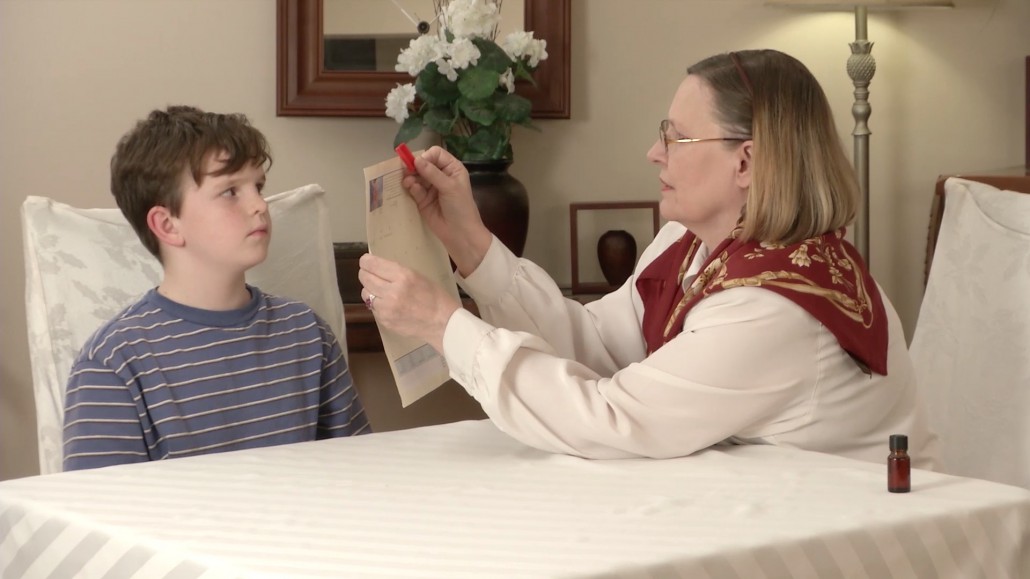
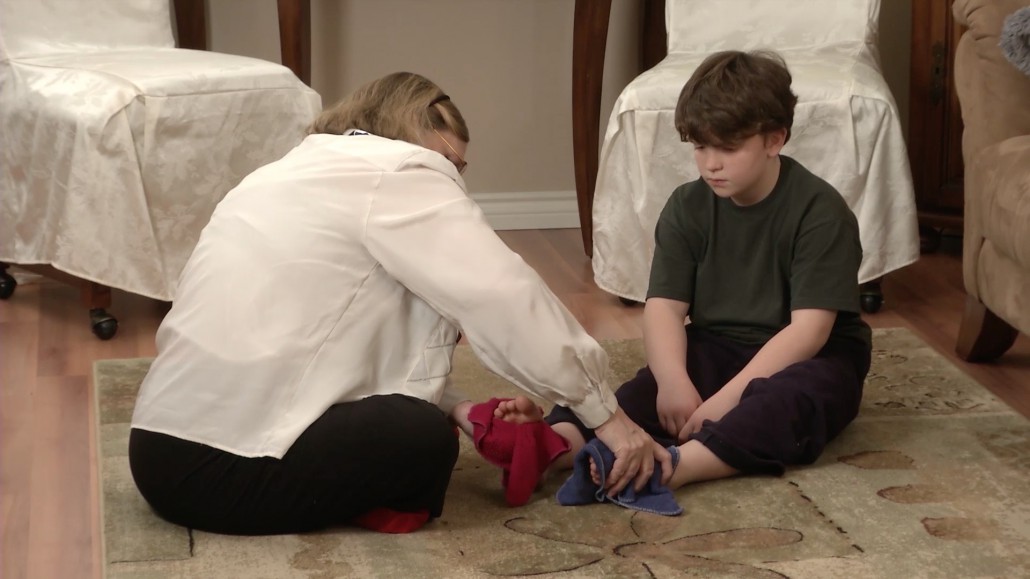
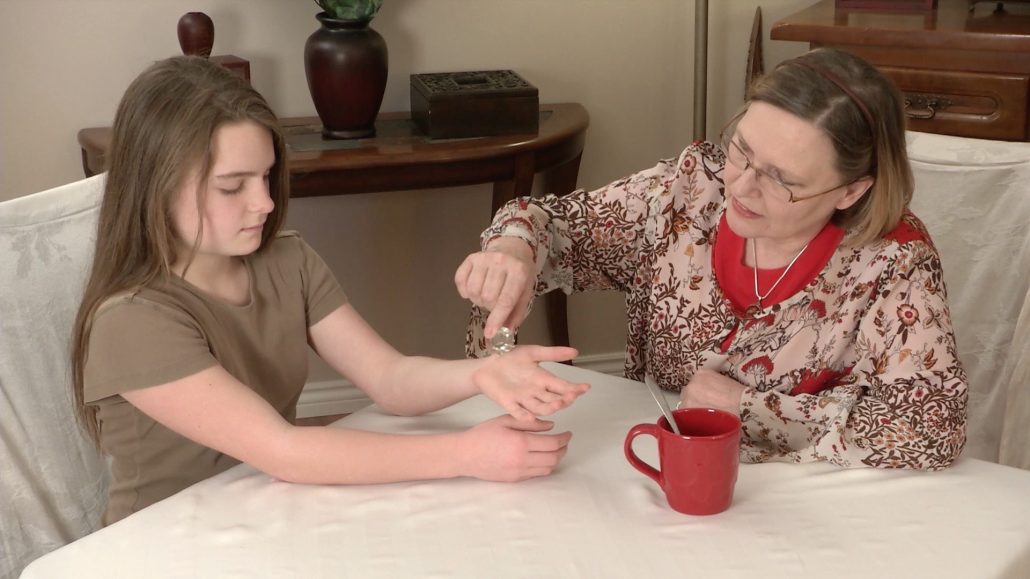
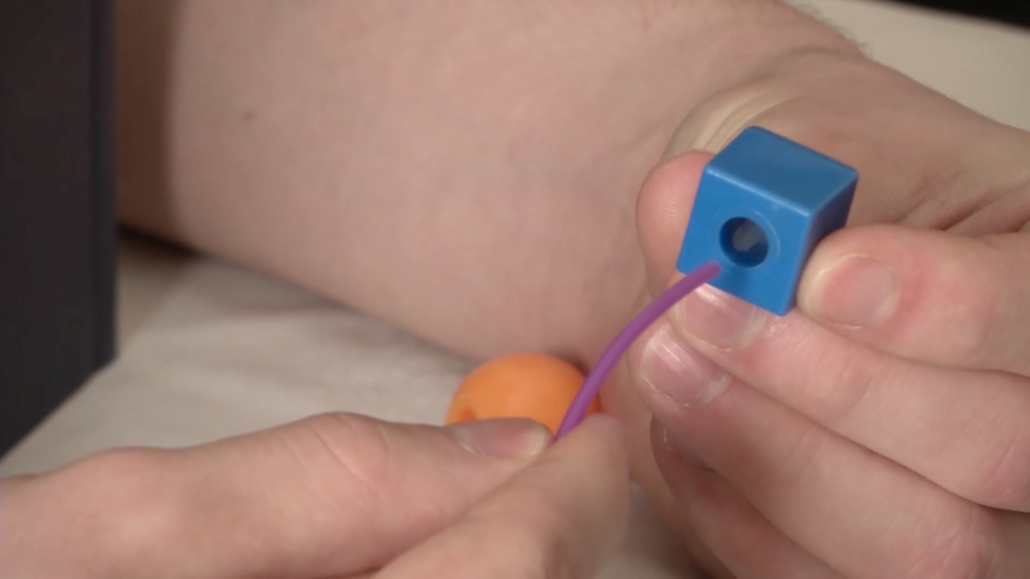
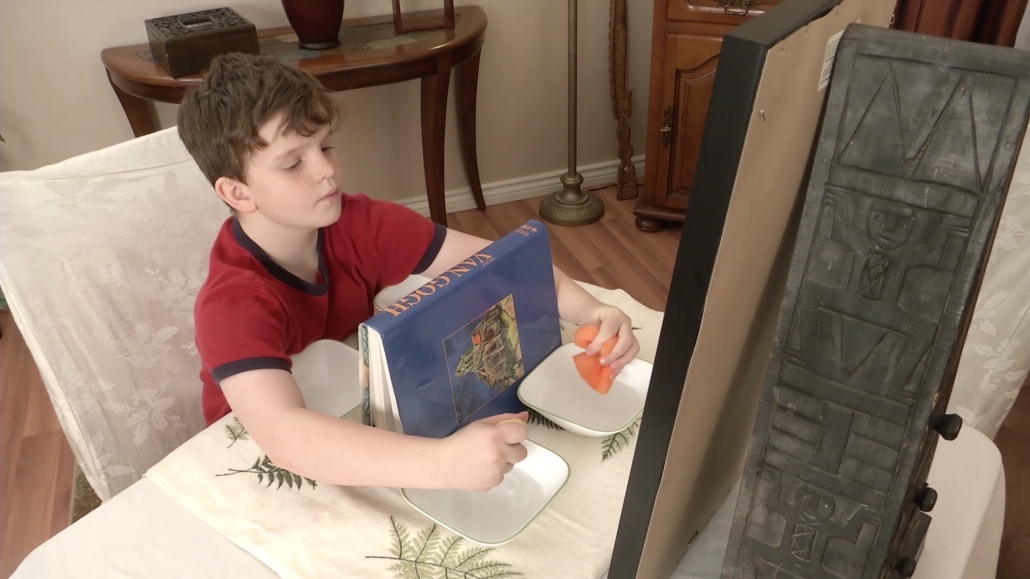
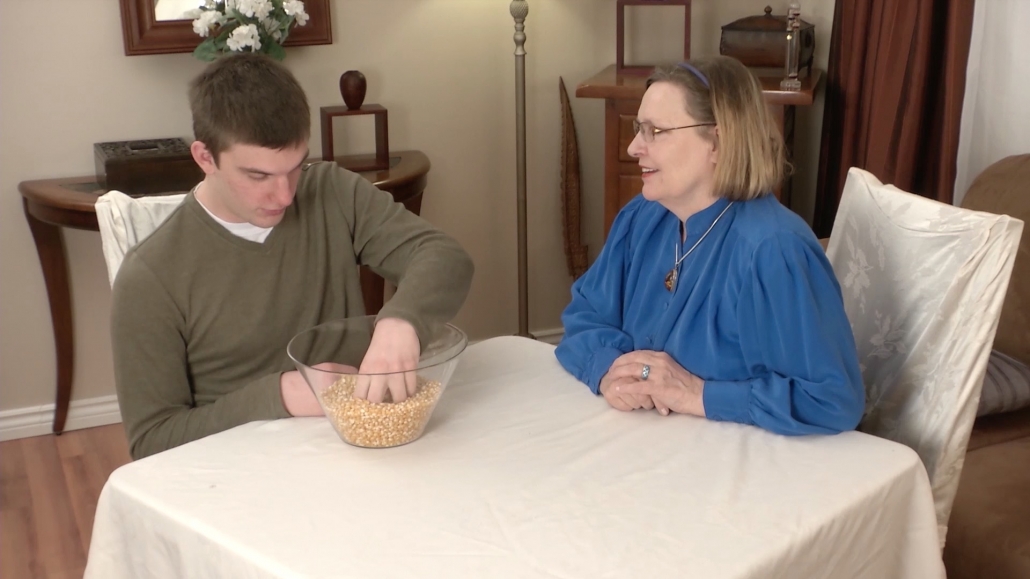
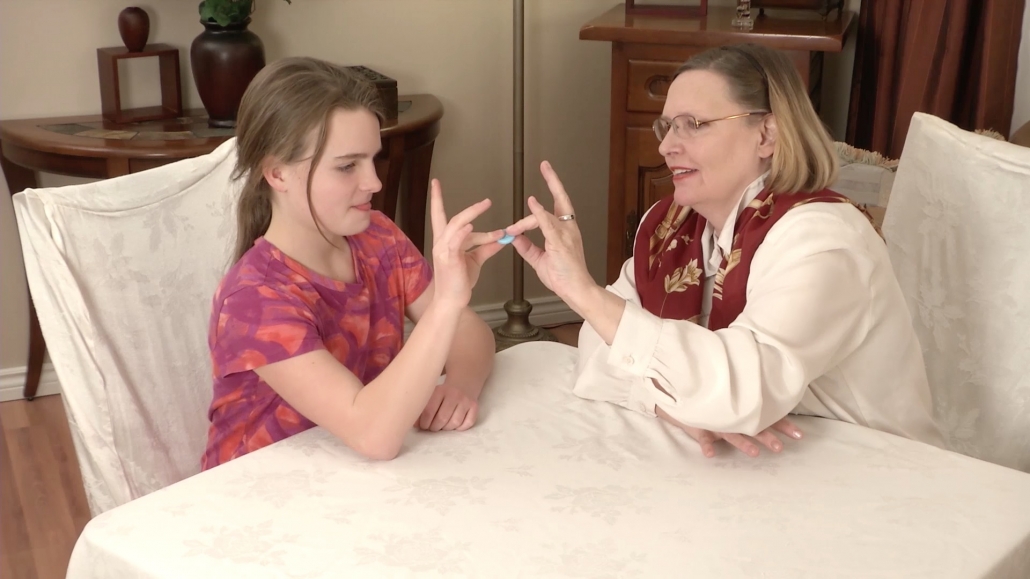
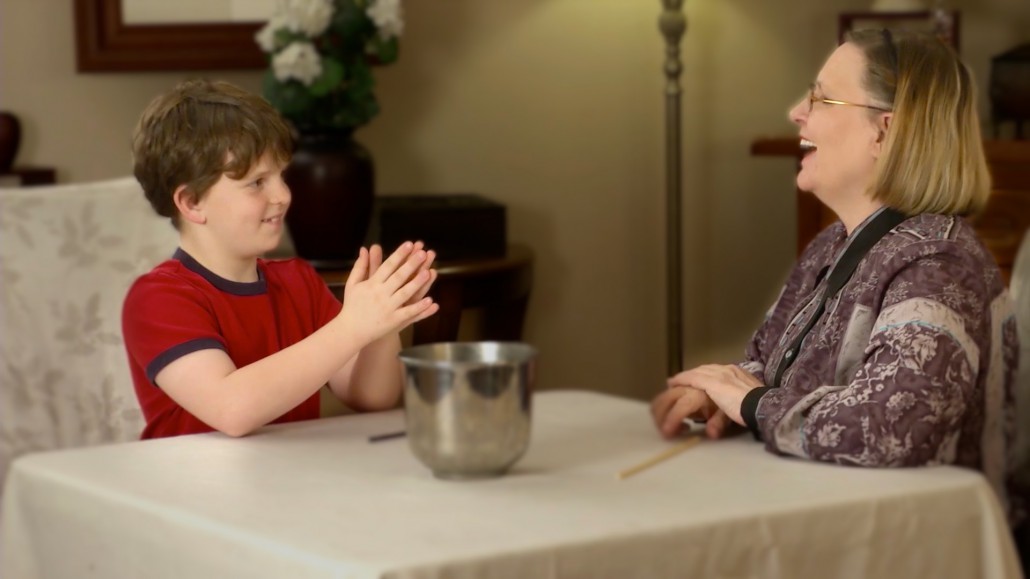
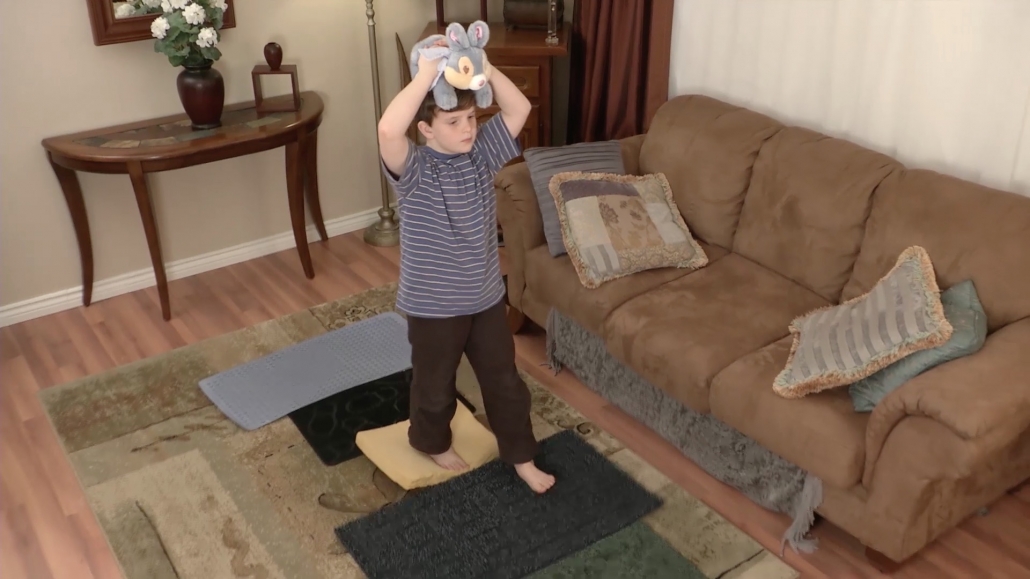
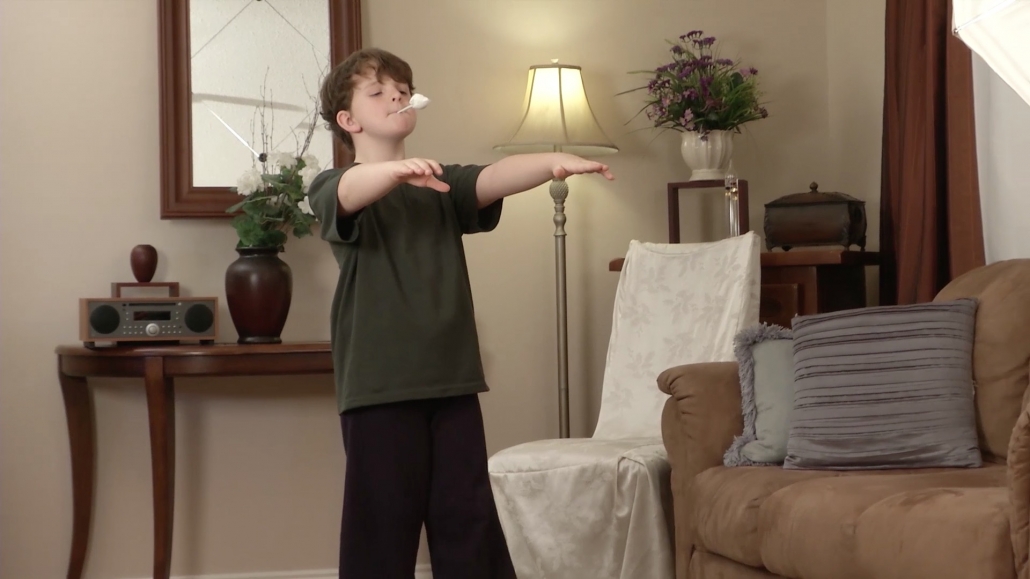
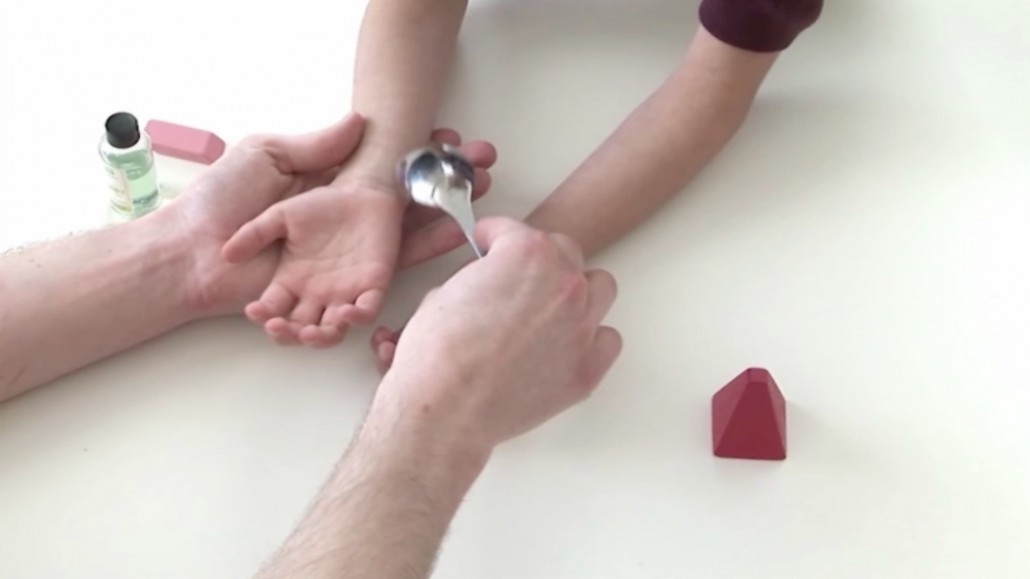
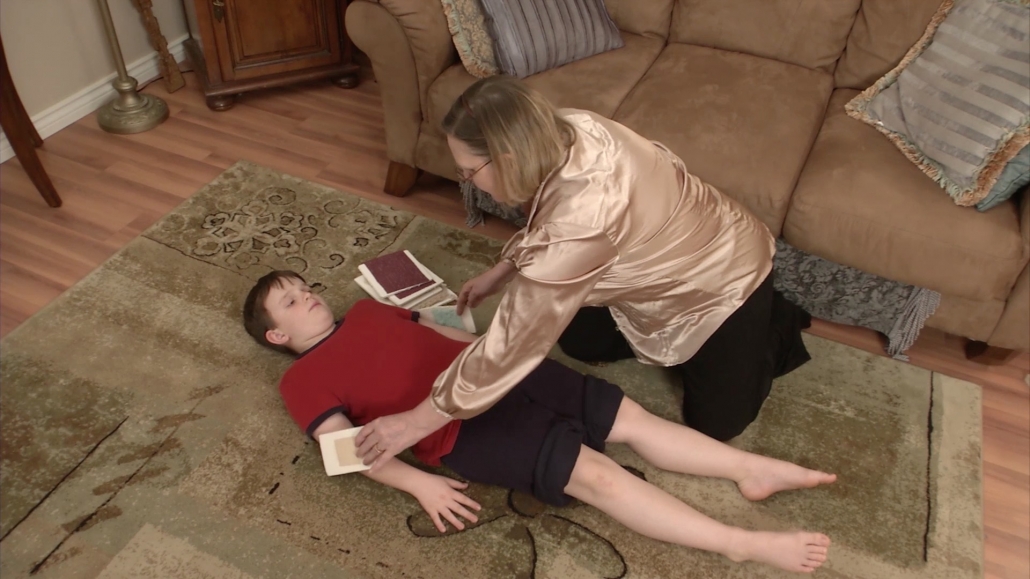
More questions? More examples of games?
Schedule a Call
Results
Randomized Controlled Trials
Sensory Enrichment Therapy was the subject of randomized controlled trials with populations of children with autism.
There is currently a RCT looking at the effectiveness of Sensory Enrichment Therapy to help children with ADHD.
Finally, an intent-to-treat analysis looked at 1,002 Mendability clients, some of whom were diagnosed with ADHD.
More studies are being conducted with adults with addiction, youth with trauma, and special education.
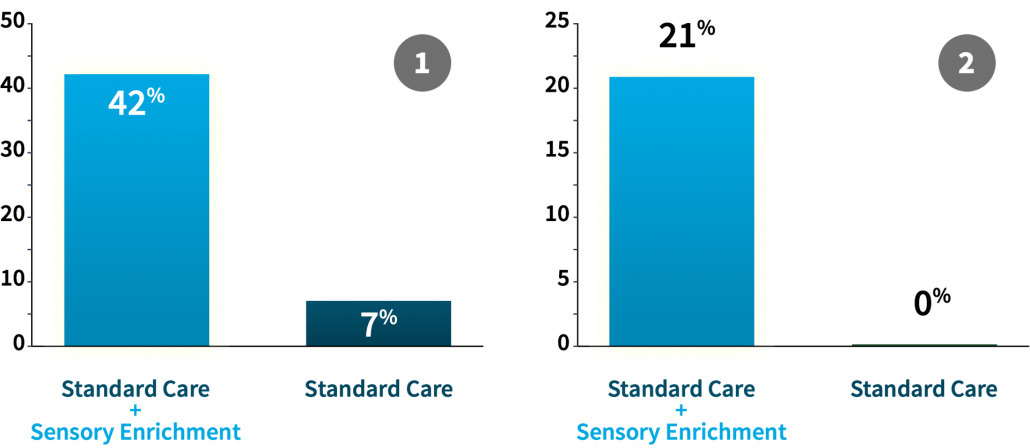
Testimonials
“I went to the library where we spent about 2 hours, and both of the girls were happily reading while staying in their seats. In our prior visits, the oldest one just roamed and ran around the library while I chased her. This time, I was pleasantly surprised by how long my oldest daughter (4) sat and stayed focus on reading. This has never happened before!”
– Mary M. (Texas)
parent of a 4-year-old-girl
“My major concern for [my son] was his behaviour while waiting at airports and on the plane. I want to share my joy – our trip was really fun filled, and the main reason was that there was a lot of change in [my son’s] sensory needs. Last year’s trip was miserable, his aggression was so bad that my arms were bruised due to his biting.
– Ayesha A. (Pakistan)
[This year he] behaved so well. He was very calm in crowds, tolerated sounds and noises for sometime. He didn’t bother us at all during the flights and at the airports. This is all due to Mendability!”
parent of a 10 year old boy
Attention Span
One of the first steps in any of our Sensory Enrichment Therapy programs is to help the brain regulate its chemistry. There are many protocols from the world of environmental enrichment that have shown benefits in helping the brain with regulating dopamine, serotonin and norepinephrine levels.
For example, a simple smell can boost your dopamine levels for up to three hours.
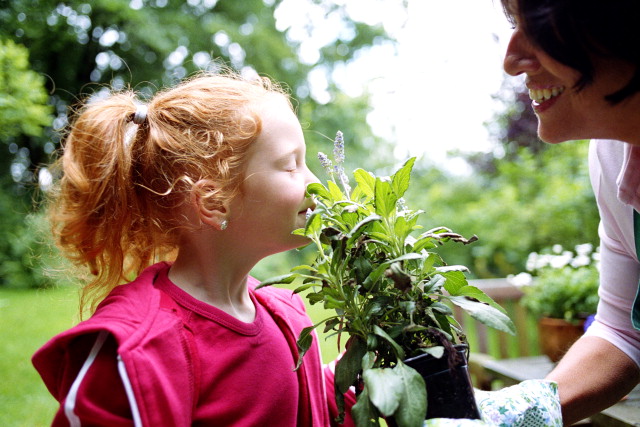
It is your own dopamine!
And it’s your brain responding to a nonintrusive, pleasurable input from the environment.
We have seen that, over time, the effects are more and more significant. We believe the brain gradually re-wires its dopamine system to become more and more self-sufficient. This explains why the behavior and mood of our clients who struggle with impulsivity and inattention, become more and more intentional in completing their projects and more able to listen to instructions.
As we mentioned earlier, attention span is one of the top 5 areas where parents report the most progress within the first few weeks of our program.
Other “symptoms”
ADHD is a complex disorder with many aspects that vary over time. Our program adapts every two weeks to each person’s unique recovery path. While we almost always start with a focus on brain chemistry regulation, within a few weeks, programs diverge quickly. Our expert system is designed to follow you along, designing sets of games for you to do that are design to support growth and re-wiring in the brain functions that are the most ready to growth and heal.
For many, sleep is a key area of discomfort and sleep is one of the best times for the brain to repair itself. It makes sense, therefore, that the brain would work on improving the quality of its sleep mechanisms.
Sleep is also one of the top 5 areas where clients report the most progress in the first few weeks of Sensory Enrichment Therapy.
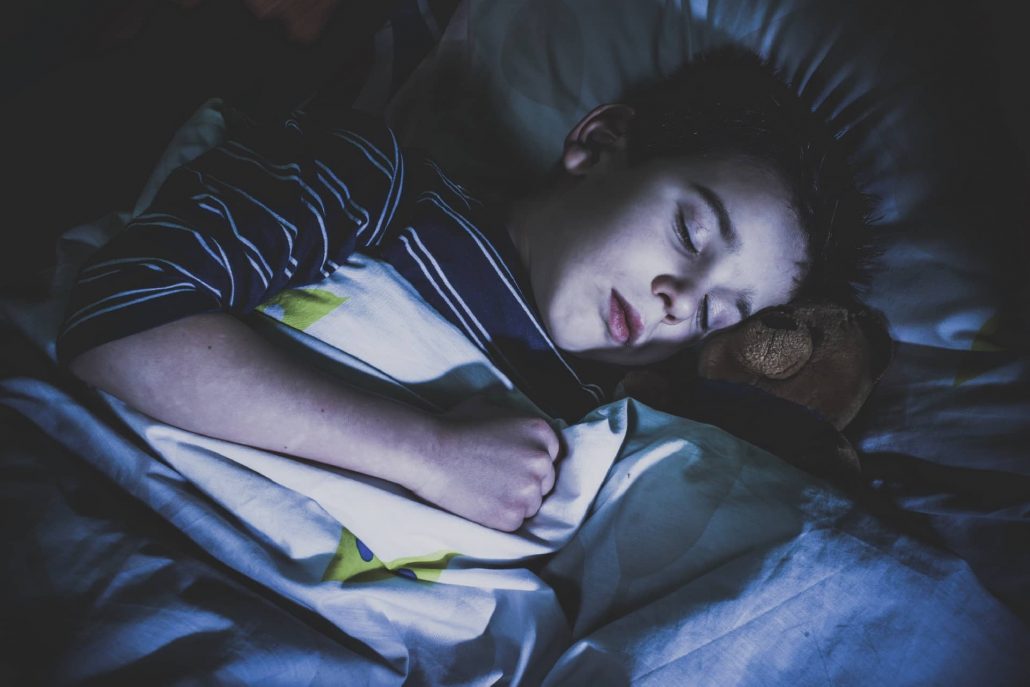
Areas we track in ADHD
When you start a Mendability program, you will be asked to complete a baseline questionnaire, to score 200-400 questions on a scale of 1 to 5, from “Severe Problem” to “Not a Problem”. This will help create a unique profile for the participant.
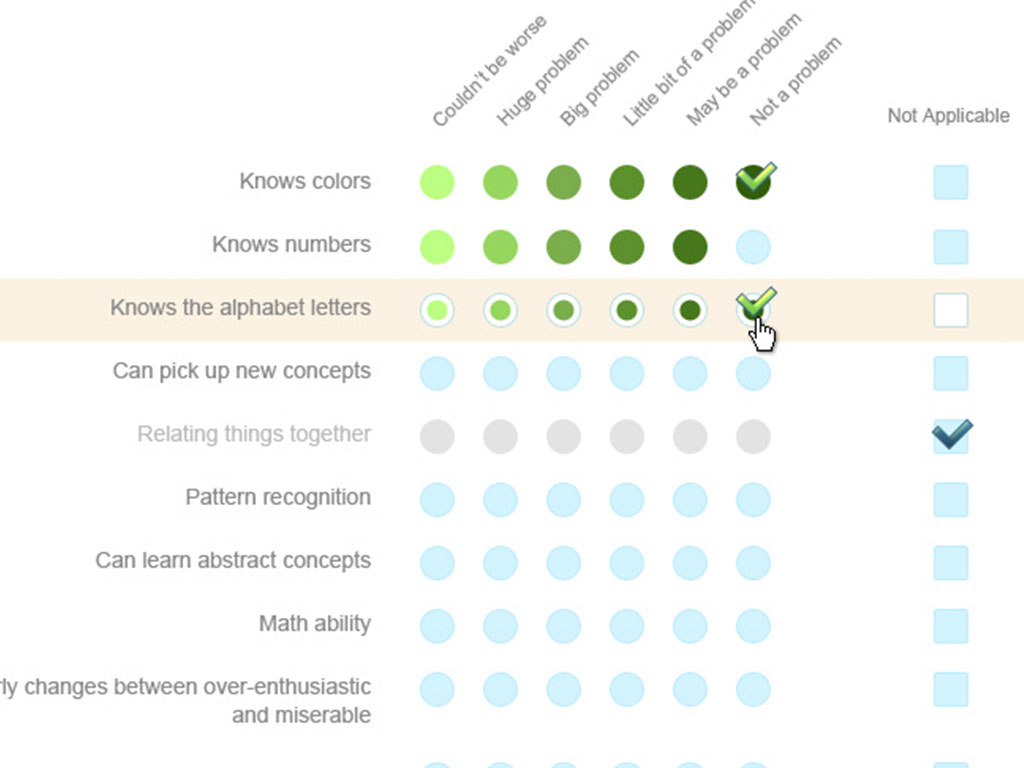
Every two weeks, when it is time to update the program, you complete a progress report that indicates how much progress you have seen in the past 2 weeks.
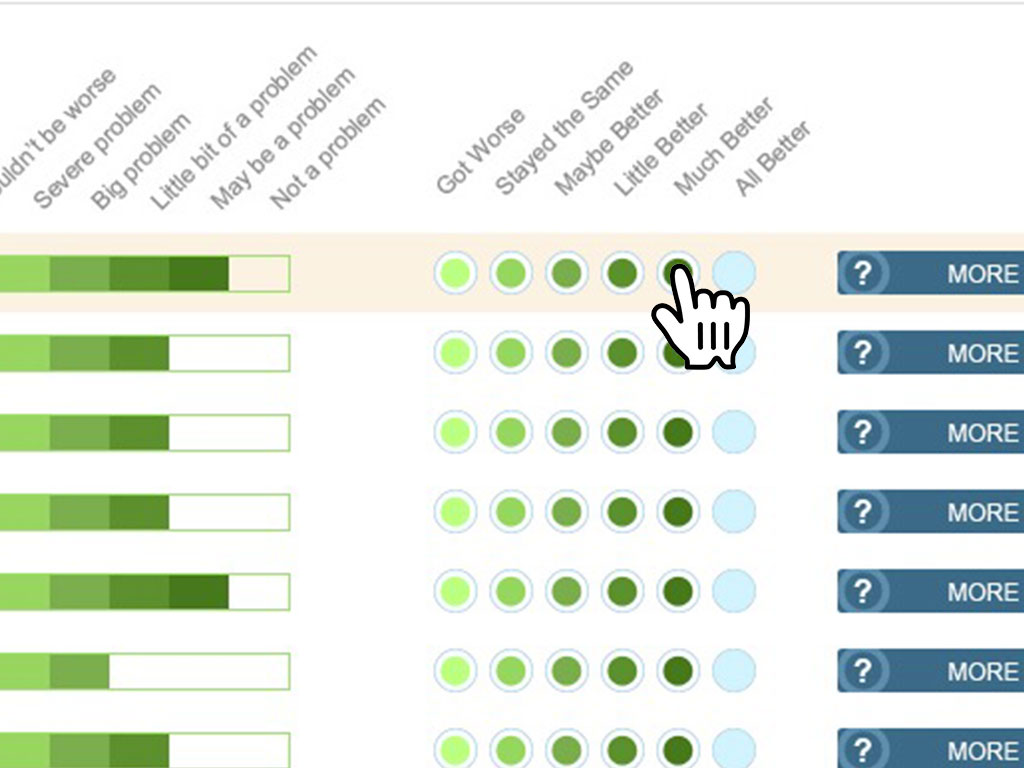
Note: In Schools where tracking precisely is not always possible, we can track 25 questions instead.
Shortlist of questions for ADHD
Attention Span
- Completes instructions
- Can keep focus
- Squirms or fidgets
- Pacing
- Needs reminders
- Gets bored easily
- Planning Ahead
- Finishes what they started
- Independently prepares for things
- Can’t sit still
- Accomplishes complicated tasks
- Absent-minded
- Loses or misplaces things
- Has trouble deciding things
- Sitting still and waiting
Social Skills
- Eye contact
- Waiting for a turn
- Interrupting a lot
- Acknowledging people around him/her
- Ability to entertain himself/herself
- Making friends
- Seems unable to pick up common social cues
- Playing with other persons of the same age
- Awkward in social situations
- Can remember people’s names
- Inappropriate signs of affection to loved ones
- Showing inappropriate signs of affection to strangers
- Can remember people’s faces
- Lying or stealing
- Making threats
- Stubborn, can’t let it go
- Inflexible opinions
- Seeking attention
- Sharing toys
- Seems to not think before speaking
- Obsessed with being in control
- Shy
- Being a sore loser
- Suspicious or mistrusting of others
Communication
- Sharing thoughts with words
- Pronunciation
- Vocabulary
- Repeating things over and over
- Communicating needs with or without words
- Uses the wrong words for things
- Responding to his/her name
- Stuttering
- Complex skill
- Understands what others are saying
- Seems to just repeat what he/she heard
- Uncontrolled swearing
Learning
- Dressing self
- Learning new concepts
- Identifying Patterns
- Retells stories
- Understands what is going on in a story
- Reads with expression
- Guesses words instead of sounding them out
- Can learn abstract concepts
- Understands concepts of time
- Enjoys being read to
- Understands denominations of money have different value
- Basic Math Skills
- Spelling
- Understands what is not seen still exists
Memory
- Can remember instructions
- Can remember what happened yesterday
- Visual memory
- Can give directions to where they put something
- Can remember directions to go find something
- Can remember dates
- Can remember facts
- Can remember events
- Can remember important events years ago
- Can remember sequence of numbers
- Can remember sequence of letters
- Can remember songs
Sleep
- Falls asleep right away
- Has difficulty going back to sleep
- Won’t stay asleep
- Wakes up grumpy
- Sleeps in own bed
- Sleeps in
- Wakes up screaming at night
- Falls asleep unexpectedly
- Complex skill
- Has bad dreams
Mood & Behavior
- Giving in to cravings
- Can not interrupt favorite activities
- Frequency of tantrums
- Expressing emotion
- Duration of tantrums
- Unexplained bursts of laughter
- Thrashing
- Low energy levels
- Hates spills on their clothes
- Aggressive toward self
- Can’t be away from primary caregiver
- Severity of tantrums
- Feels like mind is in a fog
- Seems obsessed with one topic
- Unreasonable fears
- Unable to discard broken or worthless things
- Cannot part with favorite blanket or object
- Compulsive spending
- Preoccupied with germs
- Suicidal thoughts / side effects
- Impulsive
- Shouting instead of verbalizing
- Feeling appropriate emotions
- Getting over-excited easily
- Screaming and screeching
- Becoming discouraged easily
- Ability to relax
- Whining and complaining
- Feeling serene
- Crying
- Aggressive toward others
- Gets angry quickly and a lot
- Can’t snap out of a bad mood
- Regularly changes between over-enthusiastic and miserable
- Tendency to feel depressed
- Obsessed with perfection
- Panic attacks
- Feeling guilty for no real reason
- Preoccupied with tidiness
- Obsession with death
- Repetitive mannerisms
- Watching the same show over and over
- Repetitive motion all the time
- Flaps hands when excited
- Repetitive motion can be interrupted
- Taps, clicks, pops, sniffs, or other tics
- Grinding teeth
- Twitches, or other motor tics
- Rocking back and forth
Eating
- Tries new foods
- Tolerates different food textures
- Leaves dinner table
- Use of utensils
- Eats a variety of foods
- Accepts food
- Consistency of BM
- Regular bowel movements
- Gagging
- Flatulence
- Eats too little
- Can feed himself/herself
- Eats too much
- Ability to chew
- Ability to swallow
Sensory Processing
- Sensitive to loudness
- Sensitive to busy loud crowds
- Cannot handle transitions
- Doesn’t prepare for cold or warm
- Sensitive to certain tastes
- Accepts to wear a blindfold
- Sensitive to electric motor sound
- Sensitive to certain voices
- Sensitive to certain textures
- Hates brushing his/her teeth
- Seems insensitive to cold
- Bothered by water in his/her ears
- Sensitive to clothing
- Sensitive to light
- Does not seem to feel pain
- Sensitive to certain smells
- Sensitive when touched
- Quality of the sense of smell
- Sensitive to feeling motion
- Can discern different flavors
- Can breathe in deeply
- Hates wearing shoes
- Sensitive to moving objects
- Sensitive to dark
- Ability to detect sounds
- Looks flushed and overheated
- Can feel and locate light touch
- Sensitive to silence
- Experiences unexplained tingling sensation
- Can see well (with vision aids if needed)
- Sweating suddenly for no reason
- Seems unaware of threatening situations
- Sensitive to certain pitches
- Hates having hair cuts
- Scared of heights
- Hears things that aren’t there
- Sees things that aren’t there
- Is in physical pain
Self-Awareness
- Imaginary play
- Unaware of surroundings
- Unaware of self
- Talking to himself/herself
- Bladder control at night
- Daytime bladder control
- Daytime bowel movement control
- Doesn’t want to shower or bathe
- Bowel movement control at night
- Grooming and caring for appearing neat
- Things don’t seem real to him/her
- Experiences “déja-vu”
- Real life seems like it is a dream
- Talking to people who are not there
- Personality Trait
- Daydreaming
Fine Motor Skills
- Tying shoelaces
- Tongue control
- Can keep his/her eyes on a moving target
- Control of fingers of left hand
- Control of fingers of right hand
- Strength of neck
- Drooling
- Writing penmanship
- Stays in the lines when coloring
- Drawing ability
- Scissor control
- Control of facial expression
Gross Motor Skills
- Posture
- Muscles are limp
- Ability to do squats
- Strength of left/right hand
- Riding a tricycle
- Climbing skills
- Catching skills
- Ability to do push-ups
- Clumsiness
- Throwing skill
- Ability to do sit-ups
- Riding a bicycle
- Kicking a ball
- Control of left/right leg
- Can go down stairs
- Control of left/right arm
- Involuntary movement occurs in the body in general
- Running
- Walks into things
- Balance on the left/right leg
- Jumping
- Walks on tippy toes
More questions? How to get Started?

